Previous work
A previous sensor that we designed was intended to be glued to the interior surface of a car tire or sports ball. The sensor requires zero maintenance in that it has absolutely no battery and never requires calibration. It is read AND powered by any smartphone with NFC capability (which is effectively all modern smartphones). Since the sensor requires no maintenance, the user never needs physical access to it, so it can be permanently embedded inside objects, and it will have an effectively indefinite lifetime. In order to fit the compound curves of tires and balls, the sensor was designed to be a flex sensor. The sensor was glued inside the tire or ball, and the scheme worked well, but repeated flexing of the sensor would often fracture the copper traces, causing sensor failure. A picture of one of the flexible sensor variants is below.
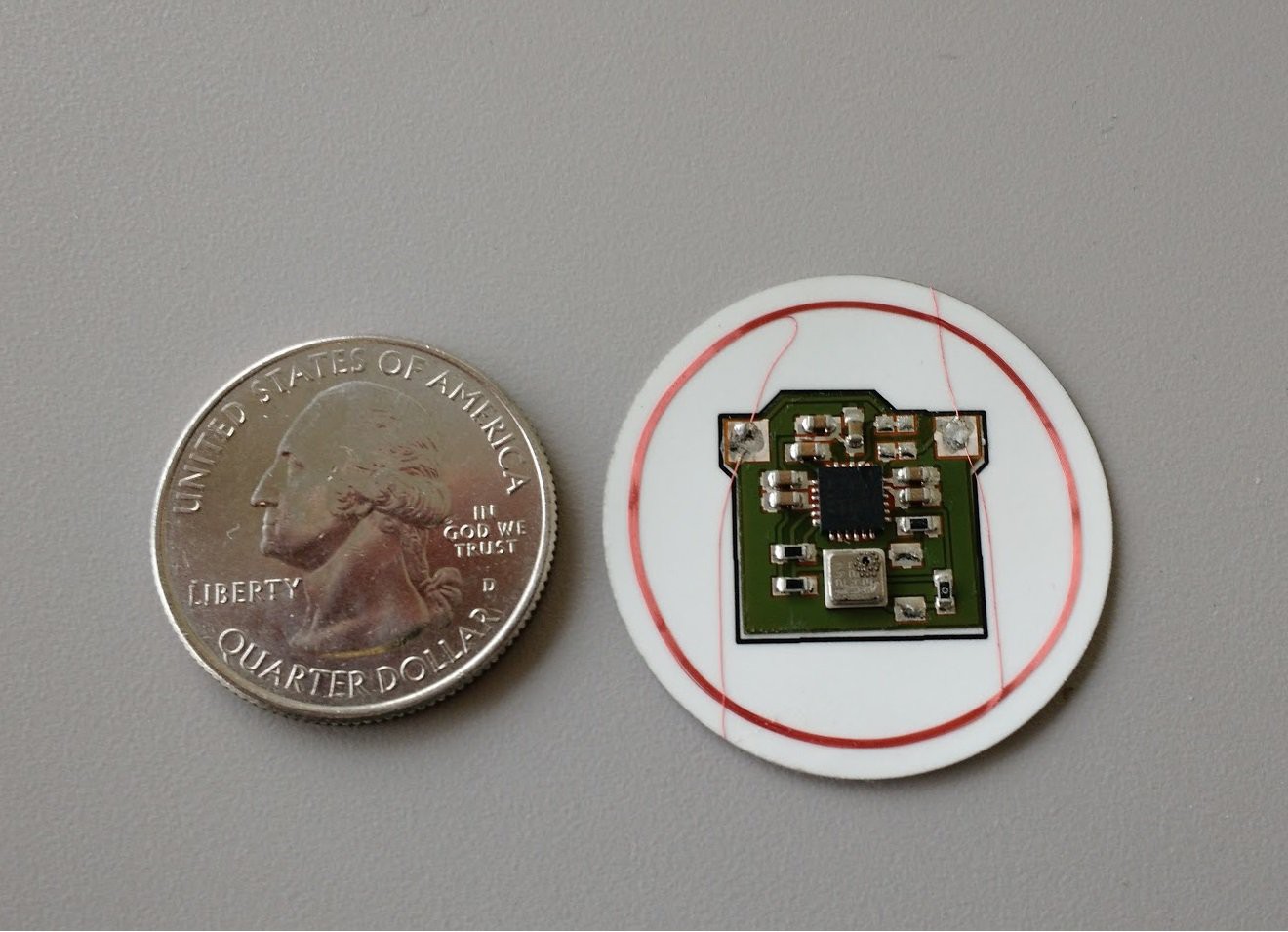
Additionally, it was difficult for end users to install, so we attempted to partner with OEM manufacturers of balls, tires, bikes, and other equipment. In the end, none of these partnerships made it very far, and we determined we needed a way to reach end users more directly.
Our original sensor use case was for bicycle tires. There are a couple primary reasons that a user would want to be able to accurately measure pressure: fixing flats during rides, or fine-tuning pressure on the trail. If a bicyclist has a flat tire during a ride, they may have a hand pump or CO2 inflator, but they are unlikely to have a pressure gauge in their kit. This makes inflating on the road or trail a bit of a guessing game. Inflate too much, and the tire ruptures and is unfixable. Inflate too little, and your ride is less efficient, or risks the chance of another flat if the wheel pinches the tube. So there are a couple use cases for bikes, but there seemed to be no good way for a sensor to access the pressure inside the tire, particularly for inner tubes. The original prototype cut a huge hole in the inner tube to allow sensor access! This is not remotely viable for end users to do.
New concept
Ultimately, the clear way to integrate the sensor into an inner tube is to access the pressure from the valve. Valve extensions exist for Presta valve types that effectively just make the valve longer. If the pressure sensor could be integrated into the valve extension, it would allow an end user to easily install the NFC pressure sensor. This concept is shown below.
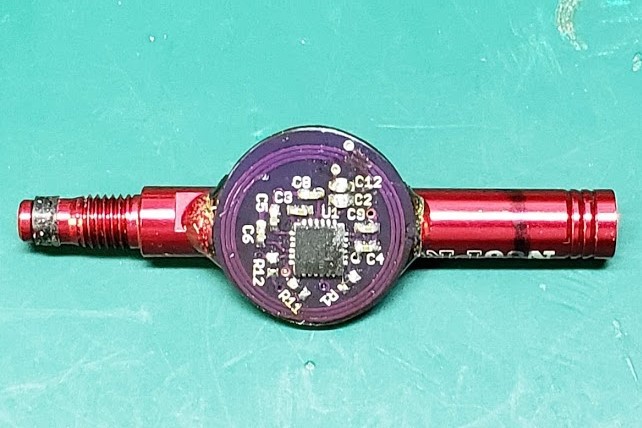
There are a few challenges in integrating the sensor into a valve extension. We need to 1) ensure that the sensor is small enough to not add too much weight or bulk, 2) ensure the sensor antenna needs to be isolated from the metal valve extension, which would otherwise kill the read range, 3) determine how to access the pressure inside the valve extension, and 4) completely seal the sensor to the valve extension to prevent air leakage.
1) Sensor size
The primary challenge of this design is achieving acceptable sensor read range with a smartphone. This is particularly challenging, since the sensor requires more power than a standard NFC tag because it needs to power the sensor element and control circuitry. This means that with a given antenna size, this NFC sensor will already have worse range than an NFC tag with the same antenna. Aside from the overall antenna size, the read range is also dependent on the spacing between the copper traces of the spiral, the thickness of the spiral, and the number of spiral layers. We have performed research into these areas, and recorded empirical data in an attempt to optimize the range of a given antenna size. A view of the sensor assembly size relative to a quarter is below. Note how much smaller this sensor is relative to the original sensor. In spite...
Read more » CaptMcAllister
CaptMcAllister

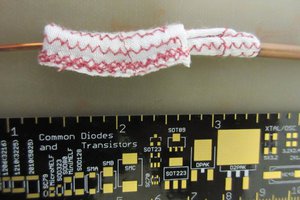
 Kenji Larsen
Kenji Larsen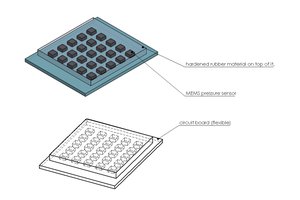
 Aman Garg
Aman Garg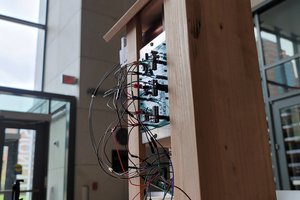
 Keerat Singh
Keerat Singh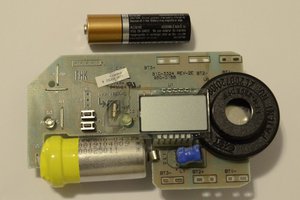
 Adam Fabio
Adam Fabio
I am really interested in this idea, for motorcycles specifically. Kicking the tires isn't enough on 2 wheels when it comes to safety. Some of my bikes are particularly frustrating to check their air pressure, gotta roll the bike forwards or backwards a couple of feet to get the valve in the right spot to reach. Snake your hand thru the spokes, between the rotor, sprocket, chain, etc. I'll be following ya!